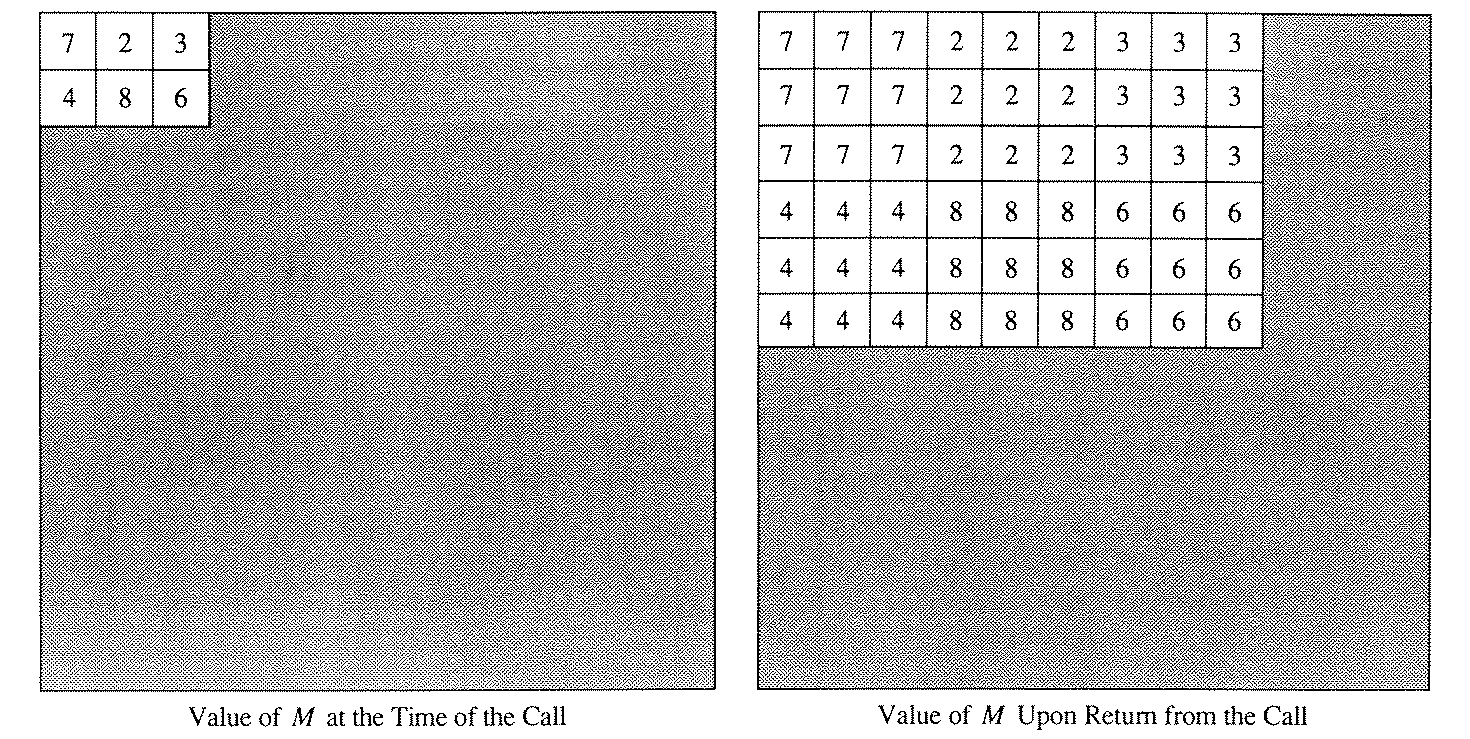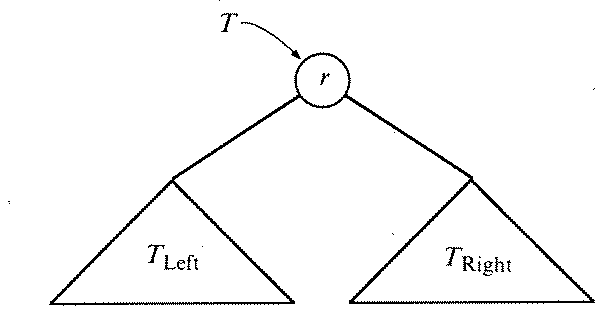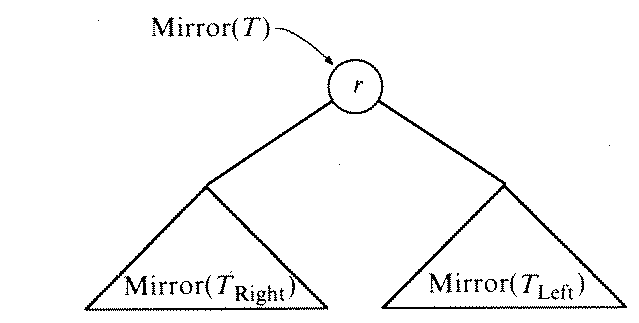NumDigits(0) = 1, NumDigits(432) = 3, NumDigits(-16) = 2YOU WILL RECEIVE NO CREDIT IF YOU USE PASCAL'S PREDEFINED LOGARITHM FUNCTION.
Write the function body below the following header.
function NumDigits(Number : integer) : integer;
{ Postcondition: Returns the number of digits in the }
{ decimal representation of Number. }
- Suppose that input, output and arithmetic operations for variables
of type ElapsedTimeType are to be implemented. Choose one
of the two implementations of ElapsedTimeType and list the
advantage(s) and disadvantage(s) of that choice.
- Write type and variable declarations for the implementation chosen
in part (a).
- For the implementation chosen in part (a), write a procedure
PrintTime that has one parameter of type
ElapsedTimeType and that writes the value of its parameter
in conventional form
hh mm ss
where hh is the number of hours of elapsed time, mm is the number of minutes (in addition to hh hours) of elapsed time, and ss is the number of seconds (in addition to hh hours and mm minutes) of elapsed time. - For the implementation chosen in part (a), write a procedure TimeSum that sets its third parameter to the sum of its first two parameters. All three of the parameters are to be of type ElapsedTimeType.
The matrix passed to Expand is to be of type MatrixType, which contains a two-dimensional array such that the element in the ith row and jth column of the matrix is in the [i, j] position of the array.
The effect of the call Expand(M, 3) is shown in the diagram below. (The shaded part represents the unused portion of the array.)

Assume the following declarations.
const
MaxSize = ;
type
MatrixArray = array[1..MaxSize, 1..MaxSize] of integer;
MatrixType = record
Numbers : MatrixArray;
NumRows : integer;
NumCols : integer
end;
Because each variable of type MatrixType takes up a significant
amount of memory, you cannot assume that a second variable of type
MatrixType would fit in memory. Thus, YOU WILL RECEIVE NO
CREDIT IF YOU MAKE USE OF ANY ARRAY VARIABLE OTHER THAN THE ONE PASSED
INTO THE PROCEDURE.You may find it helpful to write and call an auxiliary procedure that assigns a value to every element of a rectangular portion of a two-dimensional array.
End of A free response
type
PtrNode = ^NodeType;
NodeType = record
Data : integer;
Next : PtrNode
end;
The procedure you are to write is to have the following header.
procedure Reverse(var Head : PtrNode);

More formally, the mirror image of a tree T can be specified by a function Mirror, where
(1) if T has one or zero node(s), then Mirror(T) = T, and
(2) if T has at least two nodes, as indicated in the figure below.

then Mirror(T) is the tree indicated by

where r is the value stored at the root of T, while TLeft and TRight, respectively, are the left and right subtrees of T.Trees are implemented using the following declarations.
type
TreeType = ^NodeType;
NodeType = record
Data : DataType;
LeftChild,
RightChild : TreeType
end;
Write a function MirrorTree that constructs the mirror image of
the tree passed as the parameter of MirrorTree and that returns a
pointer to the constructed tree. The tree passed as the parameter
should not be modified by MirrorTree.